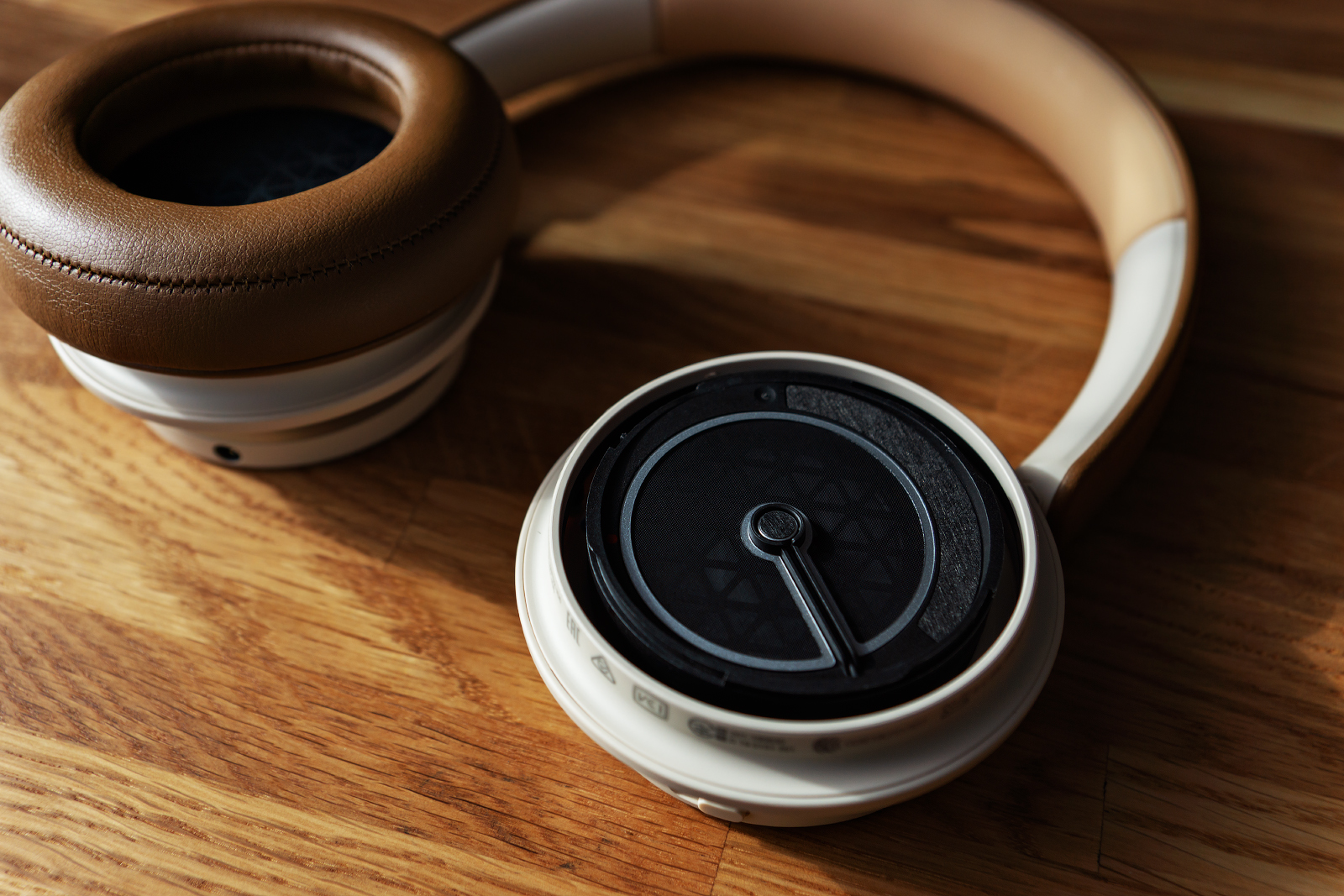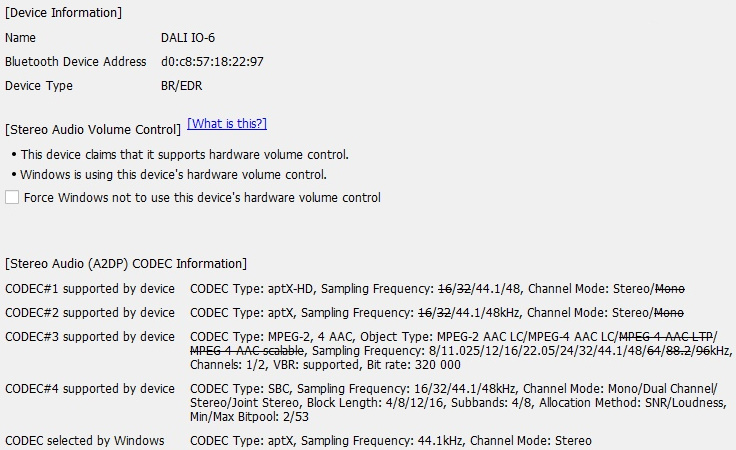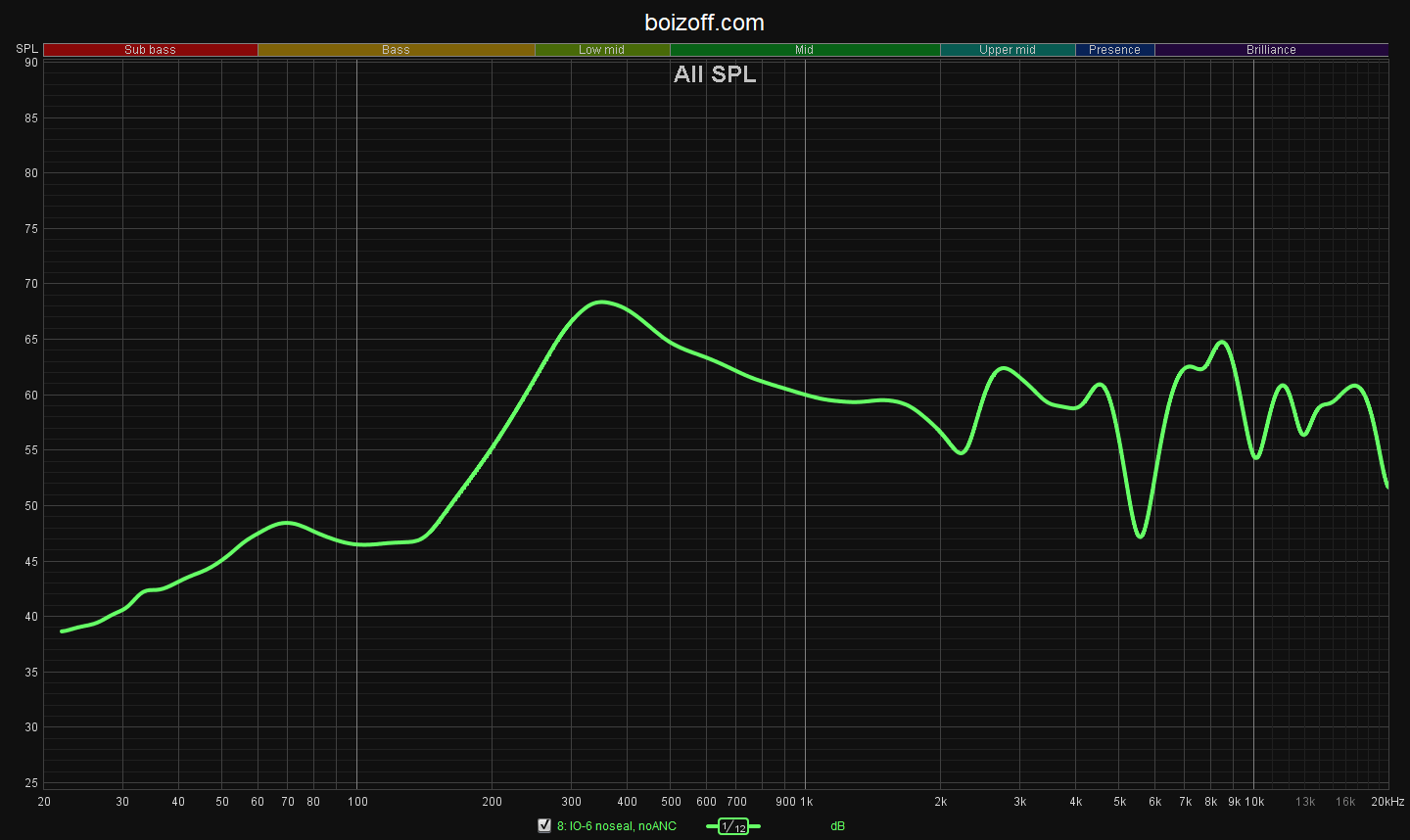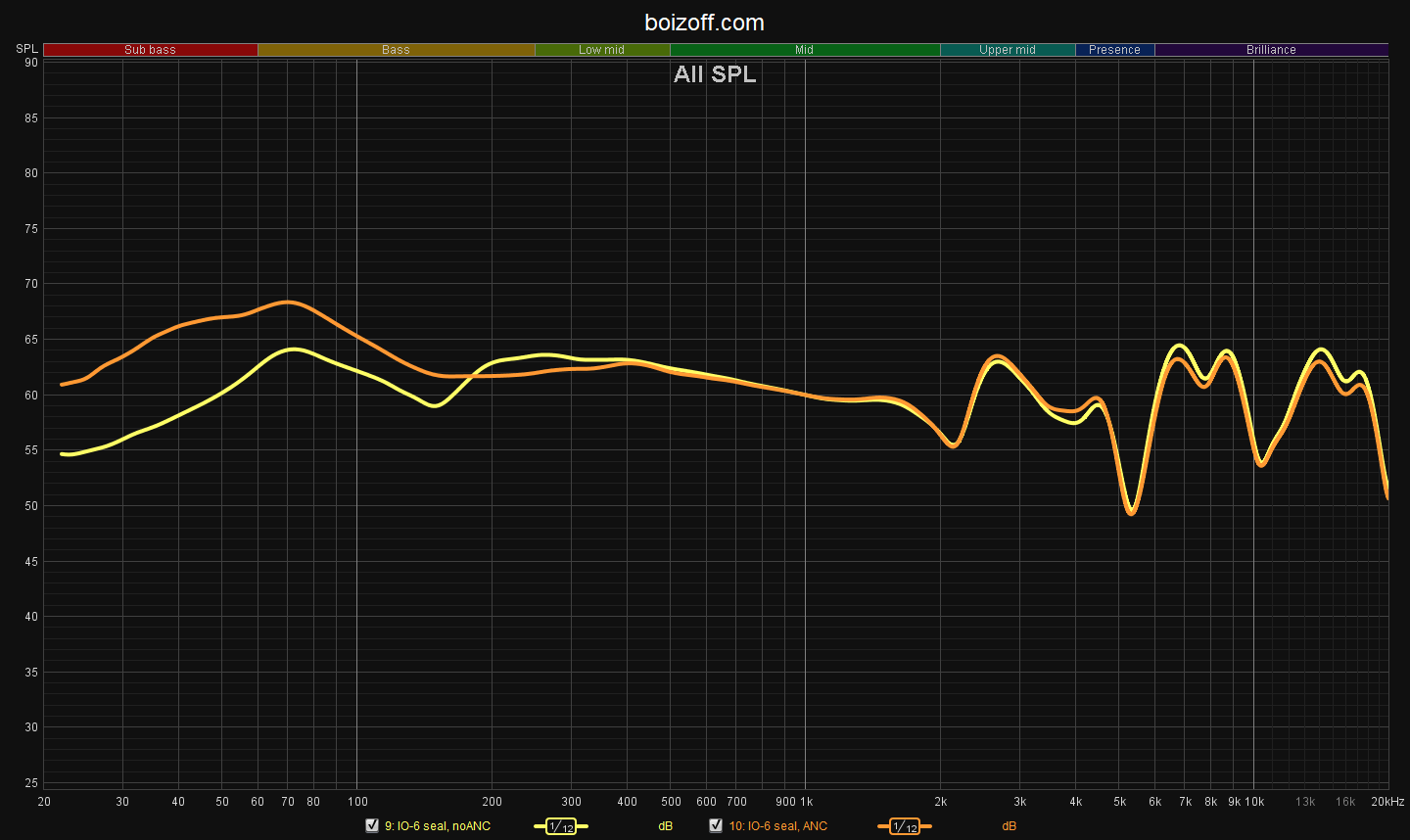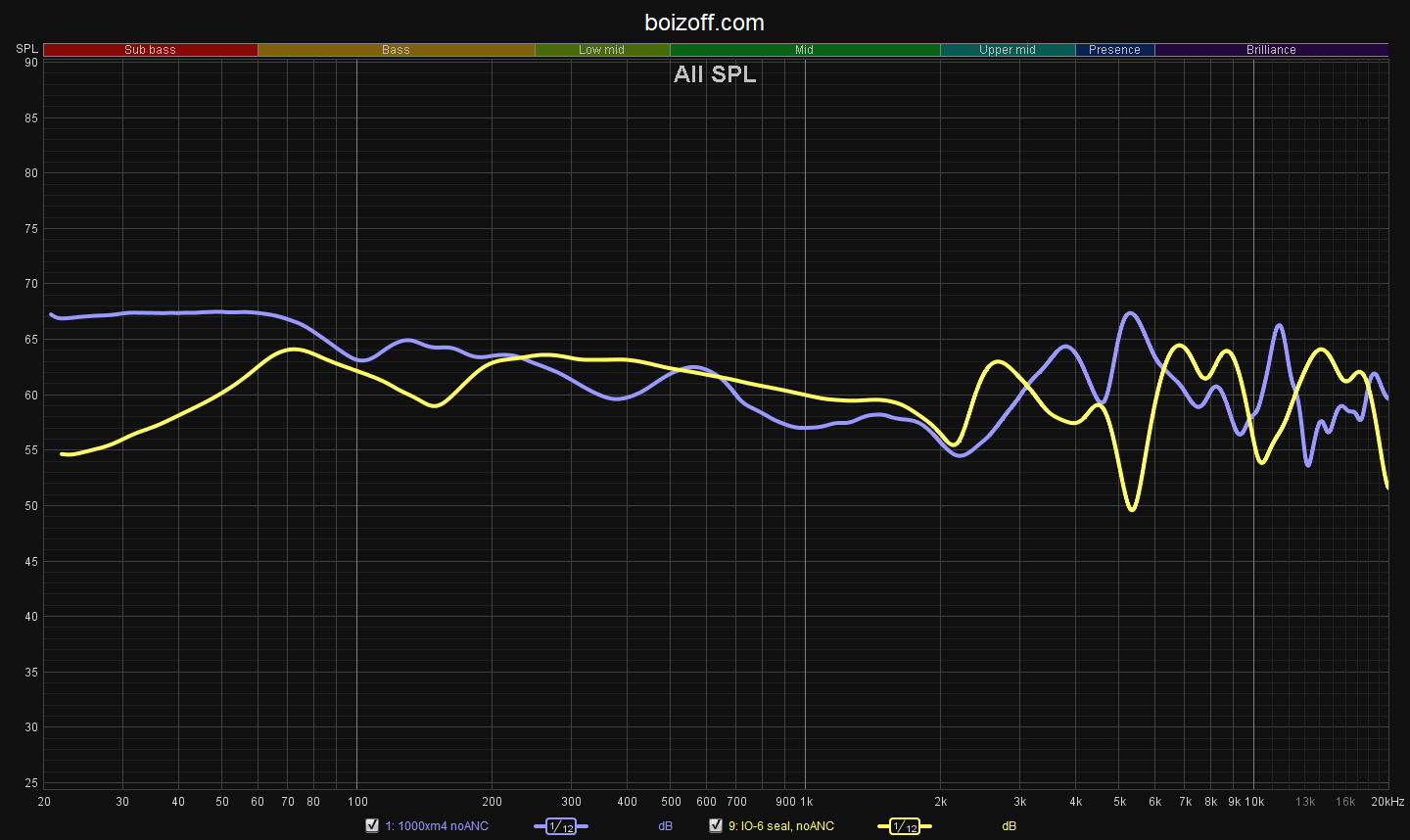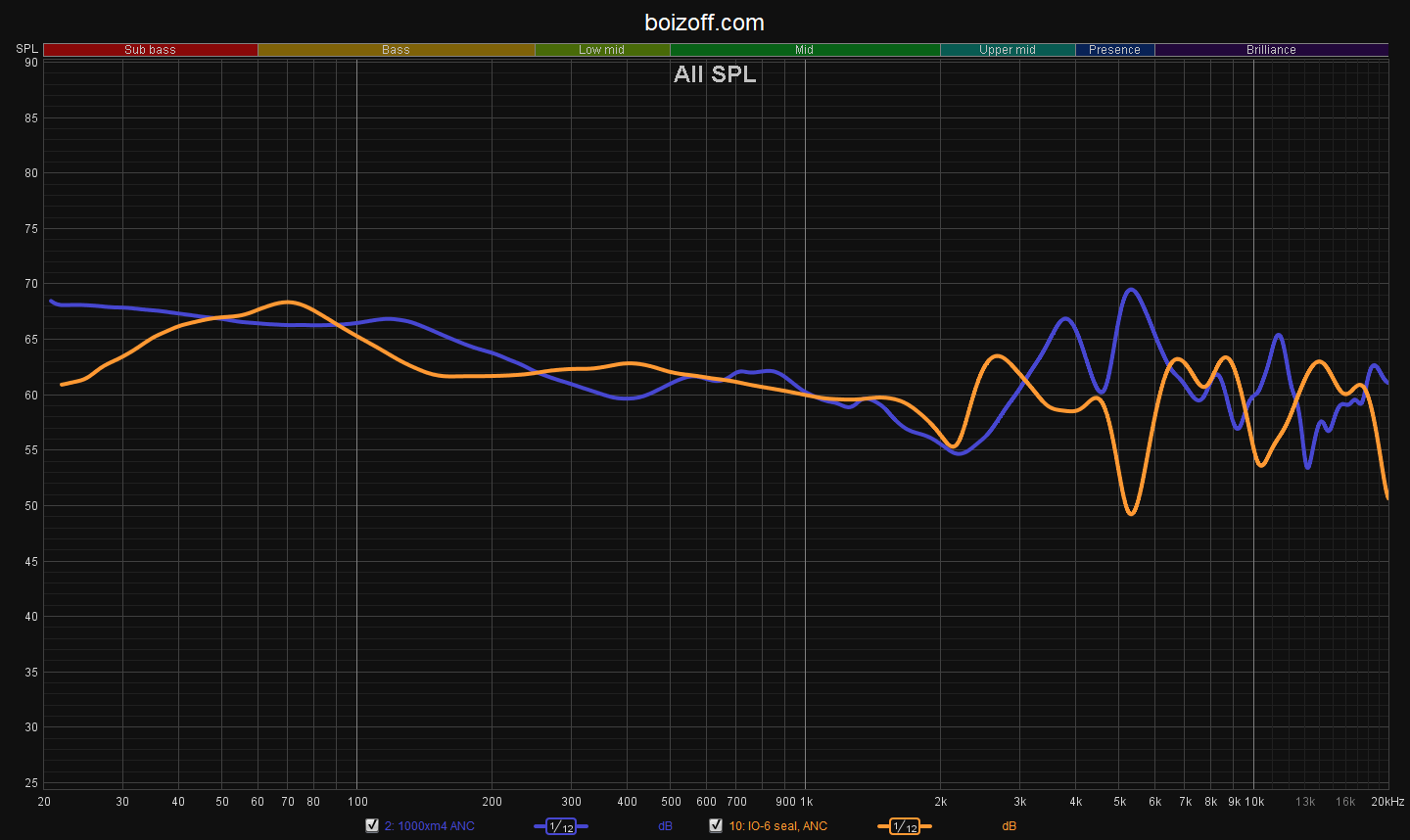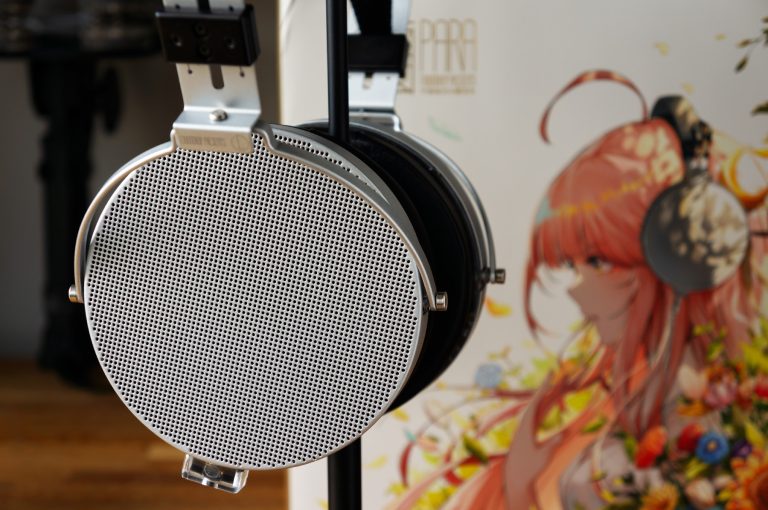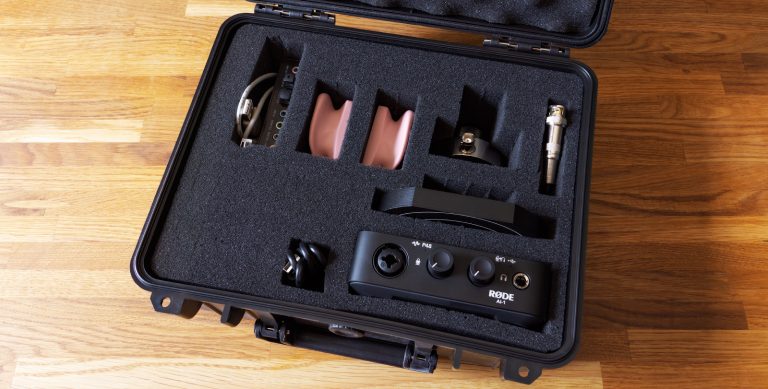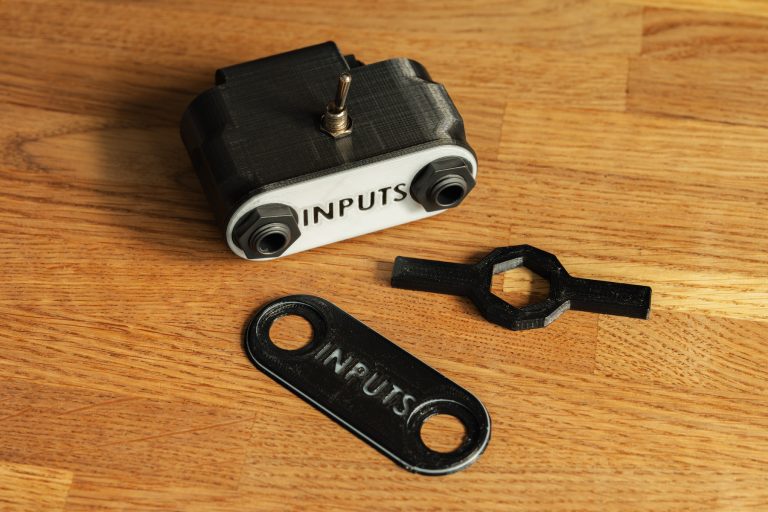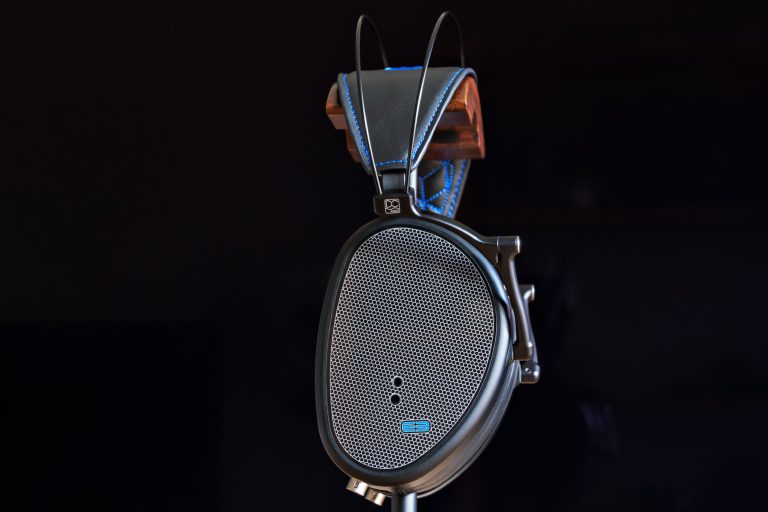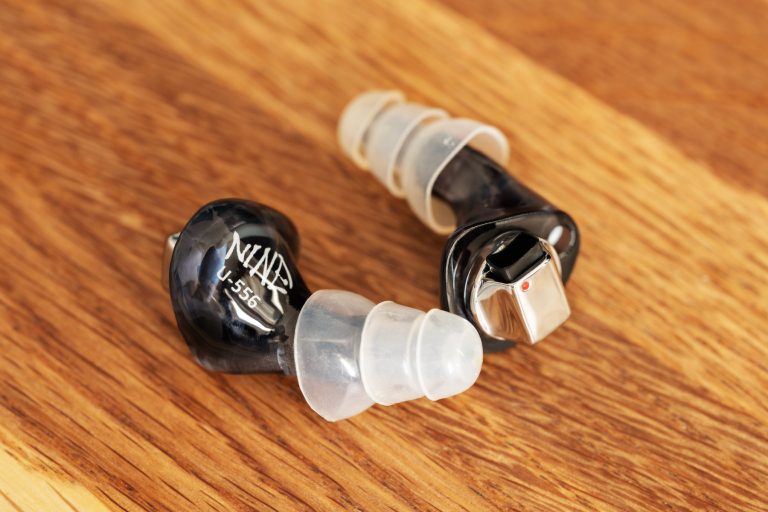DALI IO-6 and the Hobson’s Choice
Reviewing any wireless Bluetooth headphones is always quite difficult, because they’re all, well… pretty bad.
If you’re looking for some decent sound quality, every model of Bluetooth headphones, whatever their cost is, has a wired competitor that sounds better, but costs less or at least doesn’t cost a lot more. Of course, the sound source and its cost needs to be taken into account, too, but that only makes the expensive wireless models situation even more deplorable: if the wireless headphones cost somewhere around $200, then for this money you can buy both decent wired headphones and a nice sound source. And this headphones/sound source combination is going to be a whole lot better then the wireless analog from the same price segment.
Well, the DALI IO-6 are expensive ($400 on Amazon) wireless headphones from an audiophile company with an established name and history. And since neither their history nor their name have anything to do directly with the sound and functioning of IO-6, I won’t spend a second of your time elaborating the point. The only important thing to point out is that the IO-6 (as well as the IO-4) are the very first DALI’s headphones, and they’ve aimed on the wireless straight away
The build and materials are pretty decent. The earpads and the headband overlay are made of comfortable to touch artificial leather. The sliding cup mounts are made of aluminum; these slide smoothly – no discrete positions, no notches.
The headband lining is made of a very soft and thin silicone, just like in the Logitech Zone Wireless.
The earcups attachment hinge allows two axes turning. The earpads are removable.
I have exactly two things to say about the fit and usability.
First, the IO-6 are something in between the overhead and circumaural headphones. When you first put these on, the earpads seem very stiff and put a lot of pressure on your ears, and the sound insulation is frankly bad. Then you just need to wiggle the headphones on your head a little to try and find the most comfortable position. Then just wait for a minute or two. I don’t really know whether this is due to the earpads filling material or something else, but the fact is that after a minute or two, the earpads dimple in all the right places, and the headphones sit on your head like you were born with them on. You won’t probably endure 8 hours of listening, but 3-4 hours will be a pleasure.
Secondly, the IO-6’s fit doesn’t just greatly affect, but directly determines how you perceive their sound. I’ll cover it below.
The headphones are controlled by the buttons on the right earpiece.
The slider allows to turn on/off the headphones or switch them to the pairing mode, and a separate button cyclically switches the modes, which are basic, active noise reduction and acoustic transparency. On the right earpiece, there’s a Type-C port for charging and connecting to sound sources, as well as a reset pinhole.
Here again, there are volume and playback controls:
- DALI logo (the entire silver thing, actually): play/pause/next track;
- the areas below and above the silver bump adjust the volume.
On the left earpiece, there’s only a cable connector. The touch control pads aren’t used – like, in principle.
Well, technically, the headphones can be connected to the sound source in three different ways: via Bluetooth. If the sound source sports a Qualcomm SoC, then the aptX HD mode is activated. If not, a simple aptX is in action. Via Bluetooth, the battery will last for about 25 hours. Here’s how the IO-6 is seen by the ASUS ROG Zephyrus G14 laptop, or rather the Intel AX200 wireless adapter:
- via a USB Type-C cable;
- via a 3.5 mm analog cable.
In the first and second cases, the headphones will use their own DAC, and with the Type-C these will also be charging at the same time. With the analog connection, the IO-6 can operate in a completely passive mode, or apply noise reduction/acoustic transparency to the analog stream.
Both 3.5 mm and Type-C cables are included, along with the case.
Want to know about the proprietary software for Android/iOS? There’s none. No buttons reassigning, no sound equalizing, no way to enable some improvers – nothing. Why would one want to improve their sound, right? There’s only a micro-app for updating the headphones firmware for Windows.
No let’s get to the sound.
The measurements were made with the headphones connected via a Bluetooth channel (aptX HD mode) using a modified miniDSP EARS measuring rig calibrated to the target curve proposed by the InEarFidelity website (see my recent article on target curves, fig. 14) + a 2 dB rise in the lower part of the range. The headphones measurements corresponding to the target IEF curve should look like a flat curve in my graphs. For each of the earpieces, the measurements were made until 5 reliable and stable measurements were obtained for the left and right channels; any deviant measurement results were excluded. The resulting measurements were obtained by averaging the responses of two channels (10 measurements in total).
The pressure against the ears is very important here. If the IO-6 are fitted quite loosely to the head/ears, and the noise reduction is turned off (it’s actually turned off by default), then the worst sound will look like this:
As you can see, there’s a radical drop to the left of the bump at 350 Hz, and the bass and the sub-bass are nowhere to be found. Pierre Cauchon could’ve used such sound on Joan of Arc to get those confessions without even touching her.
But if you manage to find the right position of the headphones on your head, the situation immediately gets a lot better (with noise reduction turned on and off – brown and yellow graphs, respectively):
The first thing that pleases me a lot with noise reduction disabled is the unevenness of the frequency response of only +/-2 dB in the 50-1700 Hz section. This really looks good to me.
A great middle range is the first and main thing to praise the IO-6 for. The middle range is smooth, dense and clear. Try it on the Gun for You by Black River Delta or Plastic People by Atomship: all such music actively leveraging mid-frequency range sounds great and, most importantly, sounds right.
As for the bass component, this is the second thing the IO-6 are good for.
The B Monkey by Funki Porcini, Monolith by Emma Ruth Rundle, Thou and other tracks with a powerful sub-bass/bass dominant can still be listened to without panicky screaming. Such tracks don’t press on the eardrums, and the lower-frequency sounds are distinguishable from each other. In the 001 by FREE FLOW LAVA, the synthetic bass doesn’t lose its special texture. With the noise reduction on, as can be seen from the graphs, the up to 180 Hz range volume increases by 1 to 6 dB. And this is what a normal approach to portable headphones looks like, since at these frequencies the street low-frequency noise is additionally masked by the headphones. As for the rest of the frequency range, the sound delivery is the same, so with the IO-6, you can use the noise reduction noise reduction to select the unique sound style of the headphones, increasing or decreasing the low-frequency component depending on the situation or your own preferences.
Now it’s time to go off at the higher-frequency range. If the 10.5 kHz dip looks like a preferential solution with a purpose, then the giant downfall at the 5.3 kHz is certainly a marketing mistake. Or an engineering blunder. Its impact on the sound is predictable and deplorable: the headphones deliver a sound stage, which is pretty far from being wide enough, even compared to the competitors with more or less the same specs, and the feeling of airiness, of some spaciousness of the sound stage is simplified. The problem here lies not only in the significant reduction of a specific part of the sound range, but in the sharpness of this dip, which always makes the recording somewhat artificial. The volume of the next segment (at 6-9.5 kHz) is okay, which (in combination with the dip at 5.3 kHz) is perceived as rustling, sandiness of higher frequencies. Such an effect is quite persistent. Not in every recording, but still.
Here’s what we get in terms of sound: a pretty neat, not thunderous bass, an excellent middle section, and a partially reduced (very sharply, though) higher-frequency range. What do we call such a sound? Depending on the point of view, it’s either correct or boring.
What kind of sound the competitors offer?
Let’s compare the IO-6 with the popular and minutely reviewed model, which are the Sony WH-1000xm4. The official retail in Russia offers the same price tag for these two, so it’s even more fair to compare them. With noise reduction disabled (Sony – light blue line, DALI – yellow line):
With noise reduction enabled (Sony – blue line, DALI – brown line):
The difference is immediately and clearly visible:
- The 1000xm4 deliver the sub-bass in a radically different way, it may even seem there’s too much of it. With the noise reduction disabled, the difference reaches 12 dB at the maximum point. In other words, it’s 4 times bigger.
- The 5-6 kHz and the 10-12 kHz sections are also different in 1000xm4: these are sharply accentuated, and when you turn on noise reduction, the emphasis increases even more.
- The 1000xm4’s graph is somewhat curvier in the middle range.
So, what’s better: the Sony’s cheerful buzzing and ringing or the DALI’s more or less correct though boring delivery with a certain lack of airiness? The choice is yours, but let’s just not forget about the well-known Hobson’s choice.
To compare the noise reduction effectiveness, then the passive sound insulation is better in IO-6, but the 1000xm4 are certainly better at the active noise reduction, while the voice reproduction quality is about the same.
As for the additional features, such as the now-trendy adjustment of sound to atmospheric pressure, the individual equalization model creation using internal microphones, the automatic activation of the acoustic transparency mode during a conversation… There are none. The IO-6 are just the wireless headphones with no bells and whistles. It’s not a gadget.
As always, I won’t say whether the IO-6 are worth their money, since the question itself is somewhat inappropriate. Well, I think that if you like this kind of undisturbed sound delivery, if you don’t care about the smart features component, and you desperately need some really big wireless headphones, then yes, you may like the IO-6. I’d also note that in terms of tuning (at least, in the lower and the middle parts of the frequency range), they have no analogues among wireless models.
It’s still worth pointing out that even the AKG K 361 (costing no more than $70) objectively sound better than any wireless headphones – and that’s with any sound source. And don’t forget about the Audio Technica ATH-R70x, Sennheiser HD600, HD560, AKG K 612 Pro, HiFiMan Sundara (costing around $385 with discount in the official store)… All of them are so much better than any wireless headphones, expensive or cheap. Again, with any sound source, even with xDuoo X2. This is very sad and strange, indeed, because the first model of Bluetooth headphones has been released some 1 years ago, but these don’t get better.
Reviewing any wireless Bluetooth headphones is always quite difficult, because they’re all, well… still pretty bad.
Like this post? You can support me on patreon.



